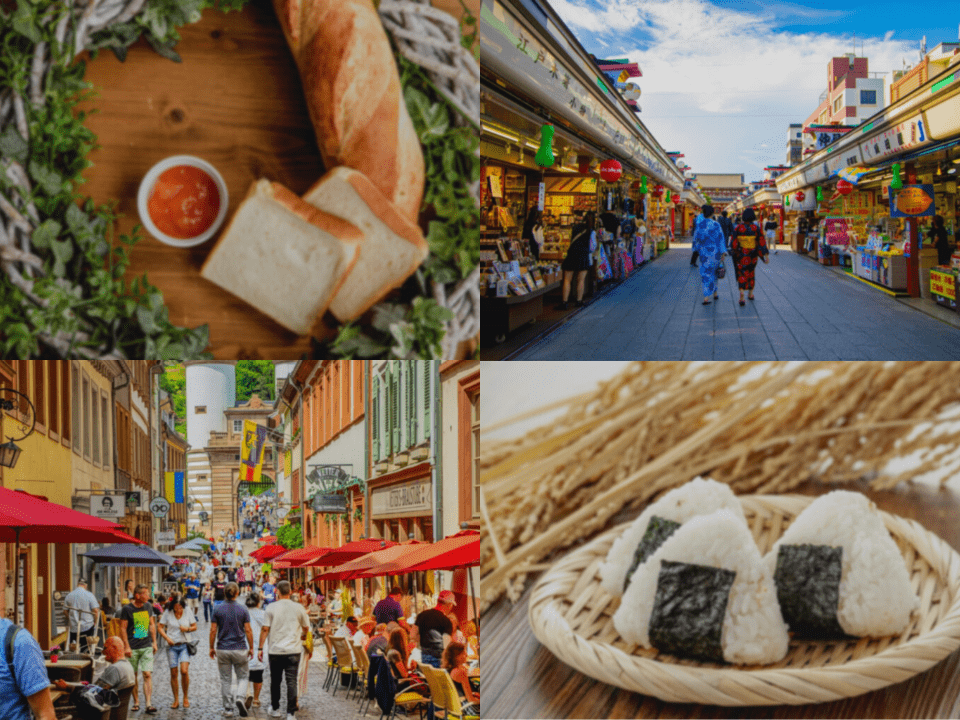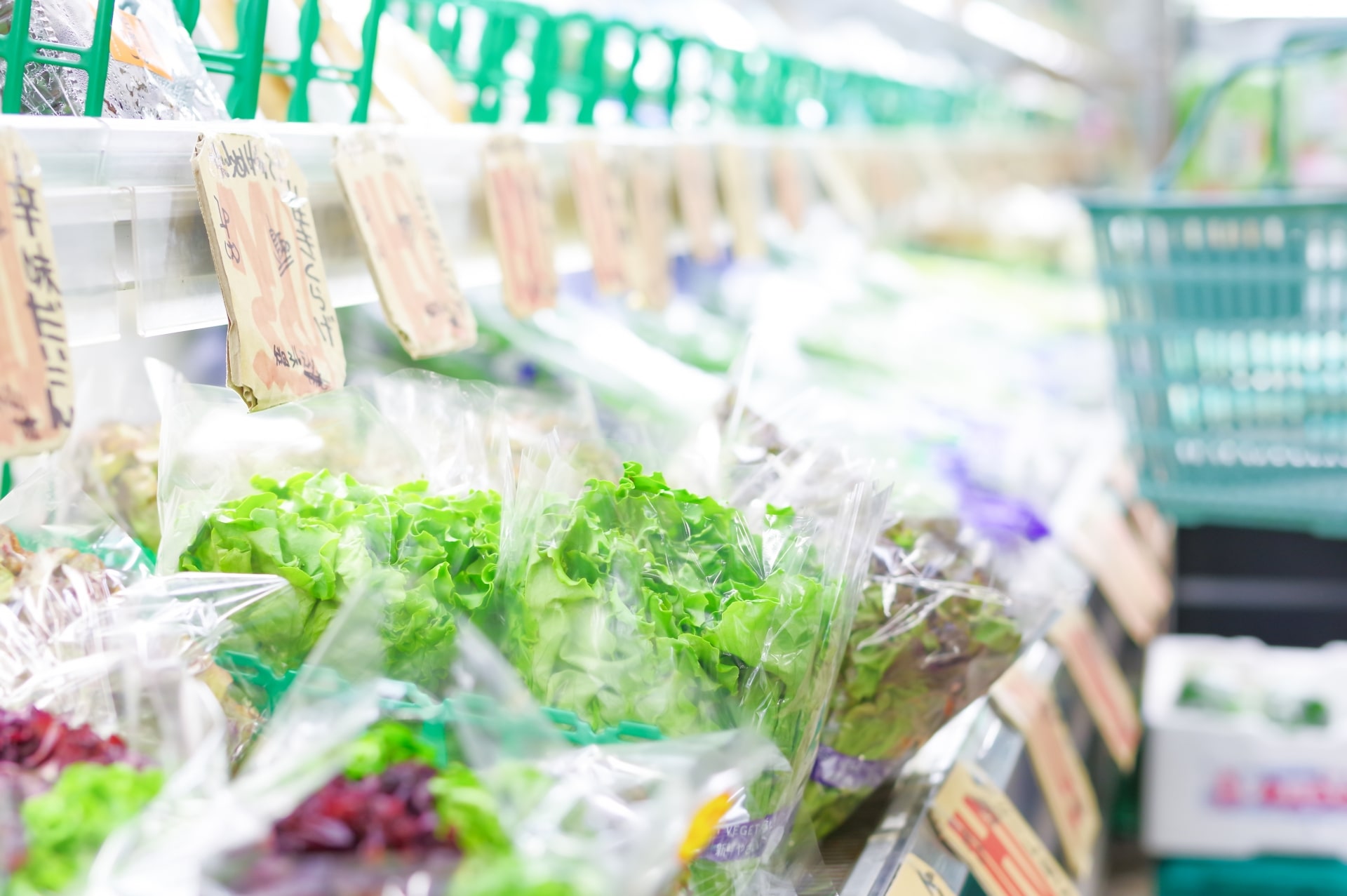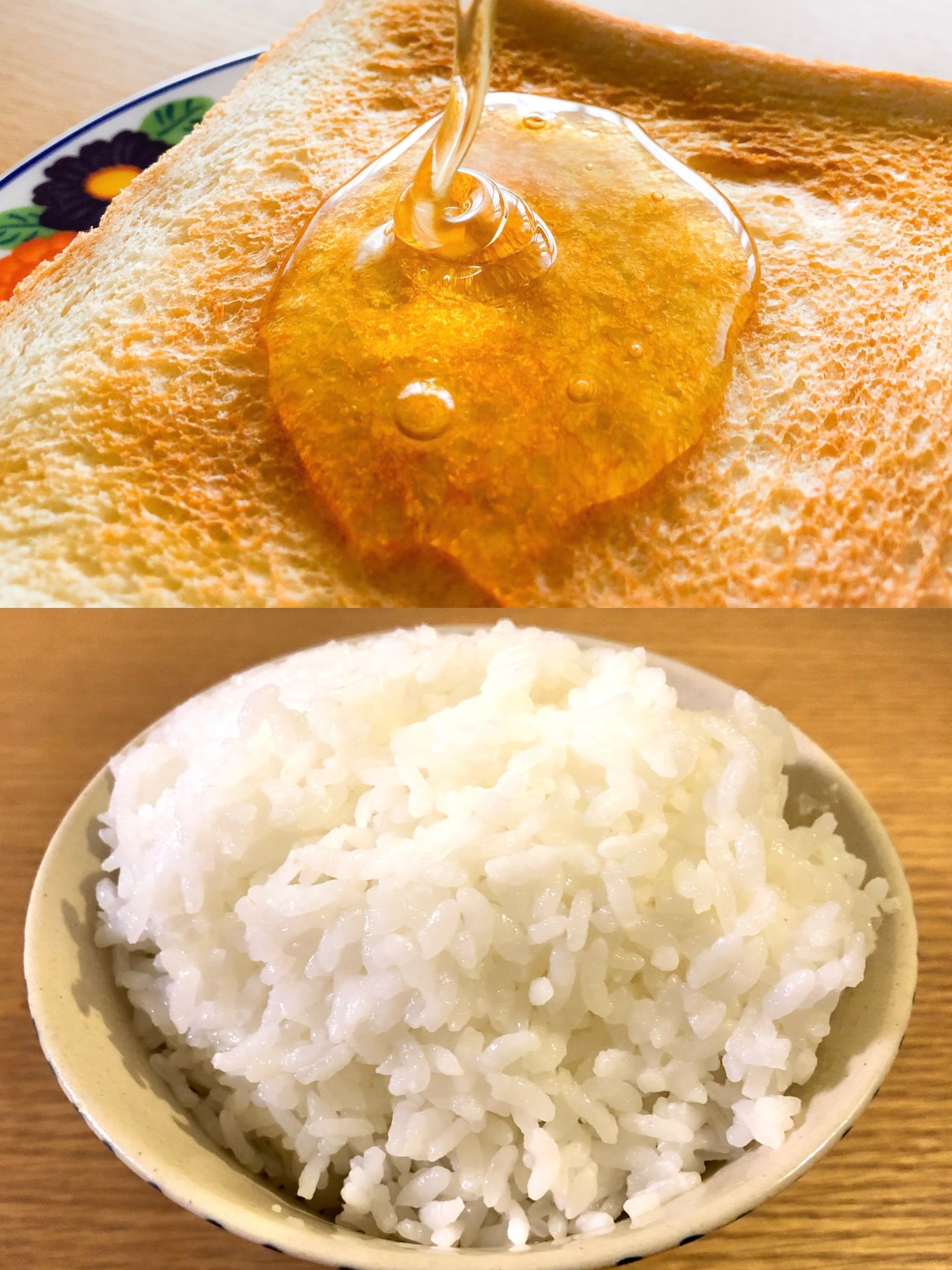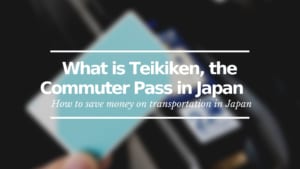10 Interesting Cultural Differences between Japan and Europe
Japan and Europe: Cultural Differences you will notice when living in Japan

Having lived in America, Europe, and now Japan, I would say that there are even more cultural differences between Europe and Japan than there are between America and Japan. Part of this reason is that American popular culture is so commercially pervasive that it has more influence in Japan. Europe itself is large and has a diverse range of cultures and customs, making it difficult to generalize among its member states. To make this list as interesting and accurate as possible, I will try to refer to particular EU regions and countries. Are you ready? Here are 10 interesting cultural differences between Japan and Europe!
*Please note that this article contains affiliate links.
1. Middle Eastern Cuisine v. Southeast Asian Cuisine
If you have ever been to Germany, you know that some of its best restaurants serve Middle Eastern food: Persian, Syrian, Lebanese, and Turkish, among others. Berlin is a treasure trove of incredible Middle Eastern food. This is also true in some other European cities, including Paris, which boasts the now famous L’As du Fallafel. This is the legacy created by Europe’s middle eastern immigrants, who consist of a much greater proportion of immigrants in Europe than they do in Japan. Interestingly, the different immigrants that Japan and Europe receive have created this cultural difference. Japan has its own incredible food, including great Thai and Italian food, but I have yet to find a falafel that fulfills my craving for middle eastern food.
2. Groceries
Nowadays, you can find almost anything in big cities, but western products are still relatively uncommon in Japanese supermarkets. This is especially true for cheese, though a big exception are brie and fresh mozzarella, as the Japanese palette appreciates milder flavors and loves Italian food. On the other hand, there are plenty of tofu, noodle varieties, and vegetable varieties. Japan also has some of the best rice in the world. As for produce, fruits are shockingly expensive in Japan. While fruits might be considered part of an everyday diet in Europe, they are more of a rarity in Japan. A single melon can fetch anywhere from 1,000 yen to 15,000 yen. Perhaps the most significant overall difference is that Japan has few organic options compared to western Europe. For example, there are only two organic milk producers and only two groceries stores in my neighborhood that sell one of the two brands. The bio concept just has not taken root in Japan the same way it has in Europe.
3. Snacks
Marinated quail eggs, dried squid, pickled plums – these are common snacks you might find at a Japanese convenience store, but probably not at a European one. While the snacking culture is strong in Japan, many of the snacks are uniquely Japanese. Of course, there are crisps and cookies, but perhaps with flavors such as wasabi and matcha (respectively, not together!). Just as most European stores probably won’t sell dried squid, some western snacks are difficult to find here. I had a hard time finding pretzels at first eventually found them at Kaldi, an international supermarket in Japan that sells a lot of western ingredients at reasonable prices.
4. Gender Roles
Although it depends on the country, many European countries are known for achieving greater equality between men and women. The political and social policies of these countries are the result of deep-rooted cultural norms, which are pretty different in Japan. Japanese culture is still relatively traditional in this respect: the pink/blue color dichotomy is very much alive. It begins young and remains apparent through adulthood. Traditional gender roles manifests in many aspects of Japanese life, from the boardroom to politics to fashion. Sometimes these expectations clash with the aspirations of a younger generation. For example, the media has extensively covered Japan’s low birth rate, a result of many women foregoing marriage and the limitations that would likely come with it. In contrast, many western European countries have a higher (and sustained) female labor force participation, smaller sex-based salary gaps, feasible leadership opportunities for women, and perhaps most importantly, generous parental leave norms for both men and women.
5. Work/Life Balance
Compared to the month-long summer holiday enjoyed in countries such as France and Spain, Japan has a week-long summer holiday in mid-August. The good news is that, compared to even 25 years ago, work culture in Japan has evolved to accommodate private life. Just one generation ago, the typical stereotype of a Japanese father was one who always worked and had little time to spend with his family. The spheres of responsibility between men and women, mother and father, were separated. Nowadays, you will see plenty of women working, men spending quality time with their families, and fathers taking their kids to school. However, the difference still remains between Japan and most European countries: more is expected from Japanese employees. Such high expectations translate into longer work hours, fewer employee rights, and less consideration and accommodation for personal circumstances. This is a big cultural difference between Japan and Europe.
6. Environmental Awareness
In America, environmental issues are politicized. In the EU, there is more or less a consensus that these are among the most critical issues of our generation. In Japan, there is simply not as much awareness of environmental issues. Although Japanese culture has a natural respect for resources and conservation, which results in rigorous recycling programs, it also prioritizes cleanliness and perfection, which leads to the use of a lot of single use plastics. For instance, visitors are always amazed at the ubiquity of vending machines in Japan. In the grocery store, fruits and other items are often individually wrapped. While environmental awareness is increasing in Japan as well, this remains a striking cultural difference between Japan and Europe.
7. Women’s Clothing
Compared to most places in Europe, mainstream clothing for women in Japan is conservative. Barring nuances, it can generally be described as loose and layered. Even in the sweltering summer, you will see a tunic shirt layered over loose pants, or a loose vest layered over a long-sleeved shirt. You won’t see many tank tops, crop tops, or shorts. Ultra-feminine clothing is also very popular, especially among young women, though I would say that women’s clothing of all ages are distinctly feminine in Japan. There are a lot of pastels, bows, puffs, and lace. This is the kawaii aesthetic: cute and feminine. Think more Reina Triendl and less Charlotte Gainsbourg.
8. Communication
This one is difficult to conceptualize, as Europe itself consists of a myriad of different cultures. Even in relatively homogenous Japan, there are differences between the Kansai and Kanto regions. Generally speaking, however, Japanese people tend to communicate in a more subtle manner compared to their European counterparts. The French language, for example, is inherently precise, and the French value precision in speech. As a result, the communication style there is more direct. The Japanese language is designed to provide room for interpretation and allow statements to land softly in the recipient’s ear (and mind). This is actually one of the biggest West-East cultural adjustments many foreigners residents make. Realizing how closely a language acts as a function of the culture – for me, this has been the most interesting thing about learning Japanese.
9. Family Bonds and Dynamics
In both Europe and Japan, the family unit is respected and valued. If you look more closely, the interpersonal bonds within a family manifest a bit differently. The Japanese idea of filial piety stems from Confucianism. Because this relationship is based on both respect and obedience, this often means that there is more distance and less affection in parental relationship. Your parent is more a figure of respect and less a friend. As with anything, this norm is constantly changing, but banter and outright affection is more likely to be present in parental relationships found in Europe.
10. Bread v. Rice
Japan is famously a rice-based culture, but the Japanese love bread as well. You will find Japanese-style bakeries selling kare pan (curry bread), an pan (sweet red bean paste bread), and other uniquely Japanese bakery items. You will also find plenty of European-style bakeries selling the traditional baguette, croissants, and focaccia. So good is Japan’s bread that I daresay good bread is easier to find here than in America. But as it is known, rice is still king in Japan, just as bread is king in Europe. I think the most interesting cultural difference here is that it is easier to find European-style bread in Japan than it is to find Japanese-style rice in Europe.
Are you considering moving to Japan?
If you are moving to or looking for a place to live in Japan, Living Japan offers useful services to make the transition as easy as possible. Visit the website to make the purchase/renting experience an easy and comfortable one.
You can inquire about properties listed on other real estate websites such as SUUMO and HOME’S. You can get everything done online (from room searching, room tours, and even contract procedures). Living Japan also offers to help you set up utilities such as electricity, gas, and water.
Both website and customer service are available in English, Chinese, and Korean.
▶Official Website: https://www.livingjapan.com/
These are 10 cultural differences between Europe and Japan that I find interesting, but there are certainly many more! I hope you enjoyed reading about these. If you would like to read more about life in Japan, check out the following articles for more info.
Written by














